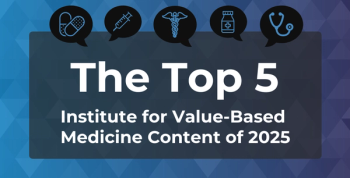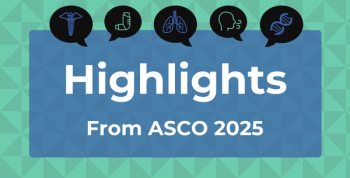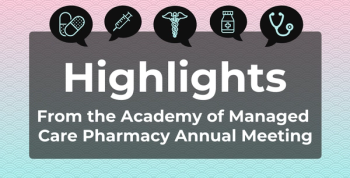
Dr Javed Butler Notes Subgroup Efficacy Differences of Vericiguat in VICTORIA Trial Findings
In VICTORIA, patients within the first 3 quartiles of peptide elevation had results more impressive than the overall findings. However, patients with the highest quartile did not seem to benefit. This raises the question whether the sickest of the sick patients will benefit from vericiguat, said Javed Butler, MD, MPH, MBA, chairman for the Department of Medicine at the University of Mississippi.
An interesting finding was that patients within the first 3 quartiles of peptide elevation actually had an even more impressive benefit in terms of the primary endpoint give or take about 20%, but [those with] the highest quartile of NT-proBNP did not seem to benefit. This raises the question whether the sickest of the sick patients perhaps are too sick to benefit from vericiguat, said Javed Butler, MD, MPH, MBA, professor of physiology and chairman for the Department of Medicine at the University of Mississippi. Results for VICTORIA were presented Saturday at the 2020
Transcript
Did the results show any noteworthy differences by subgroup?
An interesting finding was that the first 3 quartiles of peptide elevation actually had an even more impressive benefit in terms of the primary endpoint give or take about 20% or so, but the highest quartile of NT-proBNP did not seem to benefit, which sort of raises the question whether the sickest of the sick patient, perhaps are too sick to benefit and if the therapy would have been only in a group of patients excluding the top quartile, the results will be even more impressive.
Now, we have to take this with caution. These are secondary analysis and whenever you do these secondary analyses, there's always a potential for a chance finding, but it really stands out that if you look at the quartertile 1, quartile 2, and quartile 3, you see substantial benefit. If anything, in the quartile 4 the point estimate goes in the opposite direction and you don't see any benefit. So, that's 1 subgroup that stands out.
These results focus on patients with heart failure with reduced ejection fraction. So, can we look forward to results for preserved ejection fraction?
There is a sister study that was also done in heart failure with preserved ejection fraction called the VITALITY study. It was not a morbidity, mortality study, but rather a study looking at quality-of-life and functional capacity. So, those results will be coming out I would assume shortly.
Newsletter
Stay ahead of policy, cost, and value—subscribe to AJMC for expert insights at the intersection of clinical care and health economics.







































